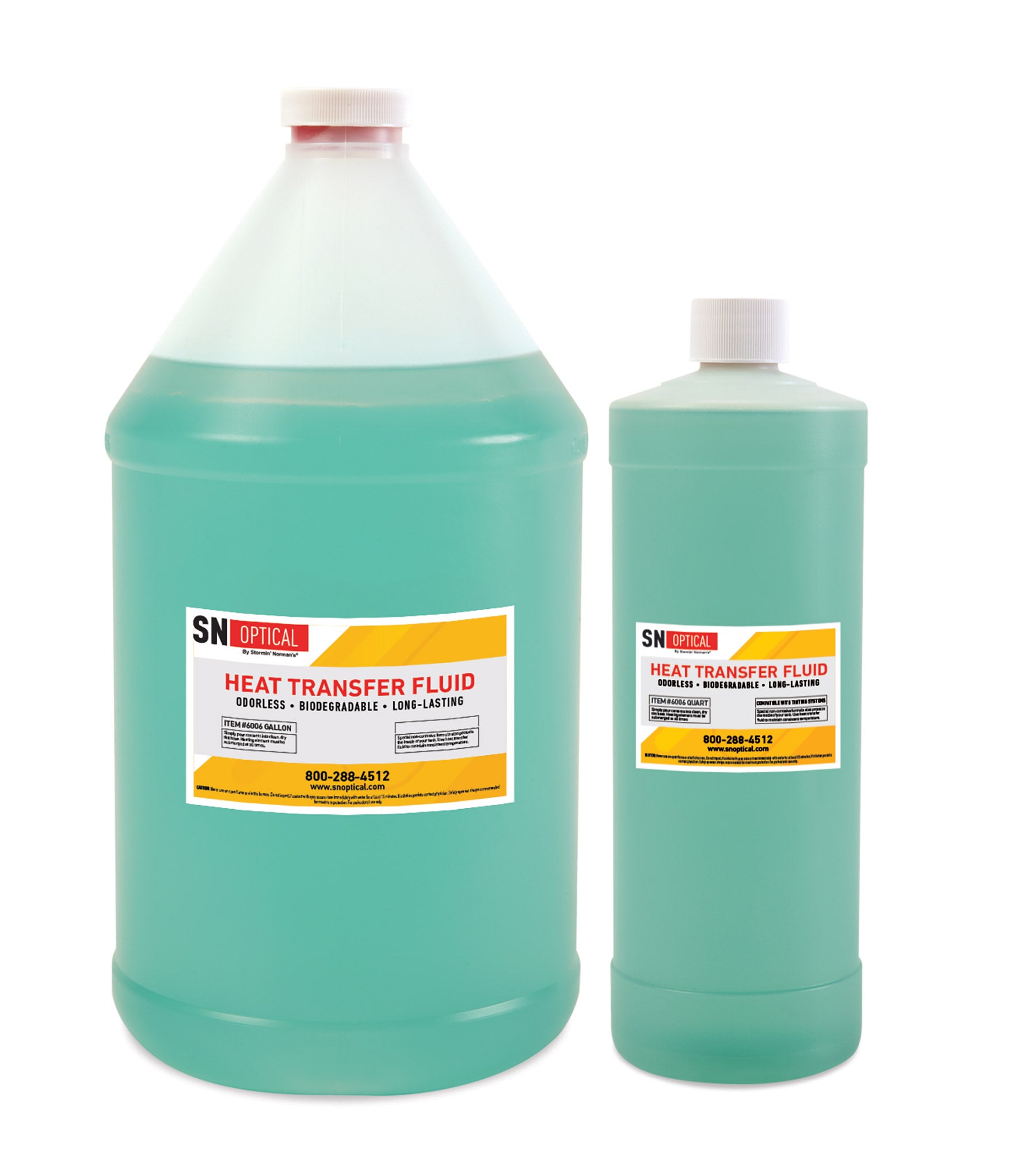Exactly How Warm Transfer Fluid Adds to Lasting and Cost-efficient Workflow
In the modern industrial landscape, the function of heat transfer fluids (HTFs) in advertising lasting and cost-efficient operations can not be overstated. These liquids are crucial in optimizing thermal management systems, thus dramatically enhancing energy efficiency and minimizing operational expenses. heat transfer fluid. The ecological advantages of innovative HTFs, with their high thermal security and low toxicity, are obvious.
Comprehending Warmth Transfer Liquids
In the realm of thermal management, warm transfer liquids (HTFs) serve as vital agents for moving thermal power from one place to one more. These fluids play a pivotal duty in different industrial applications, consisting of chemical handling, power generation, and HVAC systems.
The make-up of warm transfer fluids can differ considerably, consisting of alternatives such as mineral oils, synthetic oils, glycols, and molten salts. Each kind provides distinct advantages, such as enhanced thermal security, reduced thickness, and high boiling points, which are picked based on details operational needs. The choice of HTF influences not only the efficiency of warmth transfer but likewise the longevity and security of the system in which it is used.
As markets remain to innovate, the development of sophisticated HTFs, defined by their boosted thermal conductivity and reduced ecological effect, is vital for fulfilling the demands of modern thermal management challenges.
Enhancing Power Performance

Improving power efficiency has come to be a vital worry throughout various markets, triggering a better exam of heat transfer liquids' duty in optimizing thermal administration systems. These fluids are essential to maintaining the desired temperature in processes, consequently decreasing power waste and boosting total system effectiveness. By selecting an ideal warmth transfer liquid, markets can substantially enhance their energy efficiency, leading to reduced power intake.

Advanced solutions of warm transfer fluids have been established to withstand severe temperature levels while maintaining stability and efficiency. Boosting power efficiency with optimum warmth transfer fluid choice is not just a technological need but likewise an environmental essential.
Reducing Operational Expenses
Functional expenses are a considerable factor to consider for industries looking for to preserve competitive benefit, and the choice of warm transfer fluid plays a critical function in cost management. Choosing a suitable warm transfer liquid can cause significant cost savings by enhancing system efficiency and decreasing energy usage. High-performance fluids decrease thermal degradation, which in turn reduces the frequency of liquid substitute and downtime related to upkeep, therefore lowering functional expenditures.
Moreover, warmth transfer liquids with premium thermal security and deterioration resistance prolong the lifespan of equipment. This lowers the demand for regular fixings and substitutes, which can be expensive and disruptive to procedures. By spending in high-grade liquids, markets can attain long-lasting reductions in upkeep expenses and improve the dependability of their systems.
Furthermore, advanced warmth transfer fluids frequently exhibit reduced viscosity at running temperature levels, which improves pump efficiency and minimizes energy use in fluid circulation. This optimization of power intake straight equates into lowered operational costs. Several contemporary warmth transfer fluids are engineered to operate effectively over a broad temperature level range, minimizing the demand for multiple liquid types, consequently simplifying inventory demands and lowering associated expenses. These variables collectively contribute to even more lasting and economical procedures.
Environmental Impact Reduction
The push towards decreasing environmental impact has gotten energy in sectors leveraging warmth transfer liquids. Business are significantly identifying the relevance of minimizing eco-friendly impacts by taking on lasting techniques. Warmth transfer liquids (HTFs) play a critical role in this transition, offering possibilities to boost power effectiveness and decrease exhausts. By picking HTFs with high thermal security and low toxicity, industries can make certain marginal leak and destruction, hence lessening harmful ecological launches.
In addition, the usage of sophisticated heat transfer liquids adds to improved system performance, reducing the overall energy intake. This reduction not just results in More Help cost savings however also decreases carbon dioxide exhausts, assisting in the fight versus climate adjustment. Fluids that are eco-friendly and recyclable even more boost sustainability initiatives, as they lessen waste and advertise round economic climate techniques.
Furthermore, including HTFs into closed-loop systems protects against fluid loss and contamination of the surrounding atmosphere. This strategy guarantees that liquids are reused, decreasing the need for new resources and blog limiting waste generation. By welcoming these environmentally aware strategies, sectors can dramatically decrease their environmental influence while maintaining high operational effectiveness, lining up with international sustainability objectives and regulatory needs.
Selecting the Right HTF
Choosing the suitable warmth transfer fluid (HTF) is an important action in progressing environmental sustainability within industrial processes. The option of HTF directly influences system effectiveness, energy usage, and ecological effect. A perfect HTF must have a high thermal ability, reduced viscosity, and high thermal conductivity to make sure reliable warmth transfer. In addition, its security over a wide temperature level array is critical to avoid deterioration, which can result in boosted exhausts and waste.
When picking an HTF, it is vital to consider its compatibility with system products to stay clear of rust and chemical reactions. This guarantees longevity and reduces maintenance costs. Additionally, the fluid should be safe and eco-friendly, lessening its environmental footprint and making sure compliance with environmental laws. The lifecycle expense of the HTF, encompassing More Bonuses procurement, operation, and disposal, should additionally be examined to guarantee financial expediency.
Verdict

Comments on “A Comprehensive Overview to Heat Transfer Fluid for Solar Thermal Equipments”